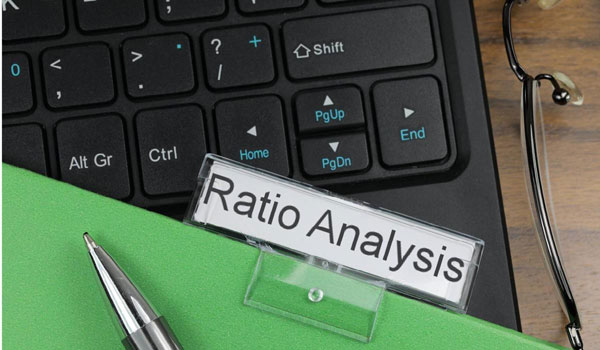Basic accounting awareness is significant for the management of a small company.
It can take tons of time for you to take care of a spread of formulae and bookkeeping processes, but it can provide you with a robust picture of the financial health of your firm, so you’ll make major decisions.
The first step towards good accounting procedures is to record accurately such matters as assets, accounts payable, stocks and other business activities.
By using accounting software to complete a large amount of work for your company, it is critical to understand the fundamentals of accounting, which include accounting ratios.
Accounting ratios provide rapid techniques to assess the financial situation of a corporation. Accounting scientists claim that ratios are the most commonly used accounting formulas in business analysis.
Your financial analysis of such ratios allows you to find trends and other information that guides crucial business decisions.
Here are the most typical ratios and different formulas for every category:
The following are examples:
Ratios of liquidity
Returns ratios
Lift ratios
Ratios of sales
Value of the market
Although many of these ratios could also be regularly analyzed at some point, it’s essential that you simply choose those which are relevant to your company’s operations, so they keep you up with what’s happening inside your organization.
The ratios are used to determine if an organization is in a position to pay its debts, generally by assessing existing liabilities and current assets. This evaluates how likely your company can repay short-term obligations. These are some common ratios of liquidity:
Current ratio = Current assets/current liabilities:
The target is to work out if your company is currently able, by liquidating your assets, to repay your short-term debts.
Quick Ratio = Fast Assets/Current Liabilities:
This ratio is analogous to the present ratio above, except that you simply only evaluate receivable accounts plus cash and marketable securities so as to work out ‘fast’ assets.
Current Assets/Total Assets: Network capital ratio = (Current Assets);
You calculate the liquidity of your assets by calculating the internet working investment ratio. An increasing net capital ratio shows that your company invests in liquid capital instead of in fixed assets.
Cash to Debt Ratio:
This ratio tells you how your company can cover debt only with cash. Cash ratio: Cash ratio This ratio doesn’t take into consideration any other assets.
The payment of money coverage ratio is similar to the cash ratio in that it calculates the likelihood that your company will be able to pay interest on its debts.(Earnings before interest and taxes + Depreciation) / Interest:
Cash Flow Ratio = Cash income for operations / current liabilities:
This ratio shows you how income is supported by your current liabilities.
Returns ratios
These ratios are employed by accountants to assess the income of a corporation against its costs. These are some common ratios of profitability:
Asset Return = Net Income/Average Total Assets: The return on assets demonstrates the proportion of a company’s assets that it enjoys. Return on assets
Equity return = Stockholder net income/average equity: This ratio indicates the profitability of your business from investments by your shareholders.
Profit Margin: The margin of profit is a simple way to determine what proportion of your income is generated by sales.
Share earnings = Net income/number of shareholdings Outstanding: The return-on-equity ratio is analogous, except that this ratio shows the profitability of outstanding shares at the top at a particular time.
Leverage ratios. A leverage ratio is a superb technique to right away understand the debt and therefore the chances of your firm meeting its financial obligations.
Leverage ratios are like liquidity, except that your leverage ratios appreciate overall amounts, whereas your present liabilities and assets are the topic of liquidity ratios.
Total Debt/Totally Equitable Ratio: This ratio evaluates the leverage of your organization by comparing your obligations or liabilities to your equity worth.
Total indebtedness ratio = (Total Assets) / Total assets: Your total debt ratio is a simple way to determine how much debt you have.
Long-term debt ratios (long-term debt + total equity): long-term debt. It, like the general debt ratio, allows for a look at your debt assets over a period of more than a year.
Turnover ratios are used to evaluate your company’s revenue in comparison to its assets. of rotating ratios are available. Some popular sales ratios are as follows:
The inventory turnover ratio equals the cost of goods.
Inventory sale/average: The employee turnover of the inventory reveals what proportion of inventory you have sold during a given year or time period.
Related: What Are Core Competencies for Business?


